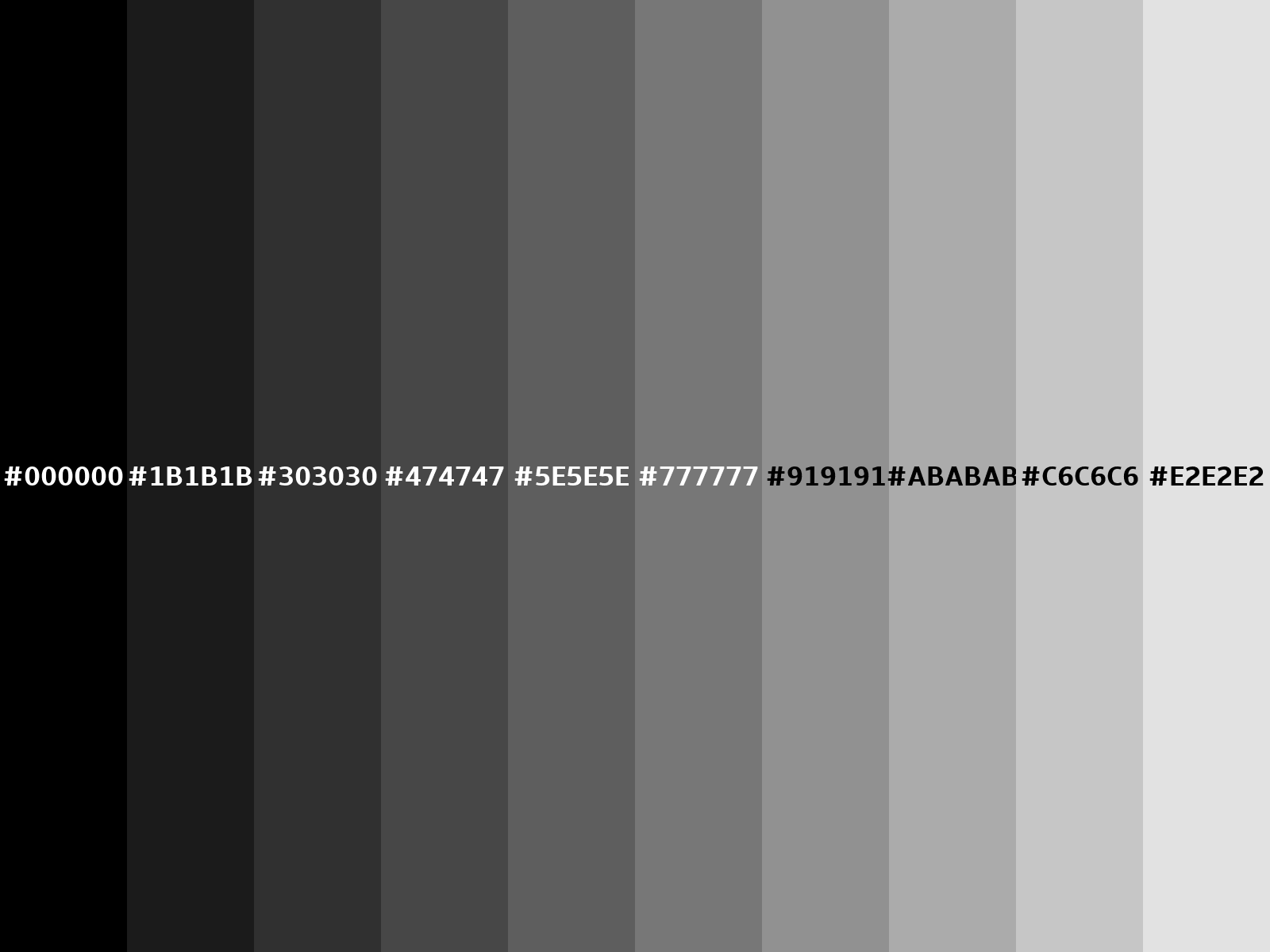
The electrons are held in discrete energy levels. An atom is made up of a net positive nucleus, which holds in place negative electrons. To understand why fluorescence occurs, a brief understanding of the quantum mechanical make-up of a molecule is needed. The emitted light is fluorescence or fluorescent light. Simply put, a molecule can absorb a photon of light and therefore its energy, and then reemit a photon of lower energy and higher wavelength. As the prefix photo- suggests, light is a key factor for photoluminescence, in this case, fluorescence, to occur. Other types of luminescence include phosphorescence, also a type of photoluminescence, and chemiluminescence. For some applications, other features such as opacity or transparency may need to be considered as well.įluorescence and luminescence in everyday vernacular are often used interchangeably, but fluorescence is a type of luminescence, specifically a type of photoluminescence. The particles should remain suspended in the substance in order to be effective.

Solvent resistance and water resistance describe how well the pigment can be introduced to a substance without dissolving or forming a gel. Pigment luminosity, or brilliance, is of obvious importance as is heat and light stability. To be efficient as a fluorescent pigment, there are some important features DFPs should have. Many of the applications listed above make use of fluorescent pigments for plastics.įigure 1: Examples of fluorescence and applications for fluorescent pigments.įeatures of Daylight Fluorescent Pigments needed for application As such, fluorescent pigments are available for several different materials, including paint, ink, oil and water. Packaging and advertising can also take advantage of drawing the eye more easily. These include cosmetics, sportswear, stationary, warning signs and safety gear ( Figure 1 and 4). They consist of fluorescent dyes encapsulated in resins or polymers to create fluorescent pigment powders.įluorescent coloured objects are seen three times earlier than objects coloured with conventional pigments due to the fluorescent light given off, meaning they are utilised in applications where catching the eye is beneficial.

Types of Daylight Fluorescent Pigmentssĭaylight Fluorescent Pigments (DFPs), such as the Aurora SRA and Aurora AQA ranges, are pigments that are stimulated by daylight to fluoresce, giving bright colours that can be used in a variety of different applications.Features of Daylight Fluorescent Pigments needed for application.What are Daylight Fluorescent Pigments?.If the same eye-catching advantages are wanted without the use of a blacklight, pigments that are stimulated by daylight are needed. When an abundance of UV light is present, for example in a blacklight, they will be seen as bright and eye-catching colours. Often, it is UV light that is responsible for this brilliance, so these pigments can also be known as UV fluorescent pigments.

Pigments that can be stimulated by light to give brighter and more brilliant colours than conventional pigments are known as fluorescent pigments.


 0 kommentar(er)
0 kommentar(er)
